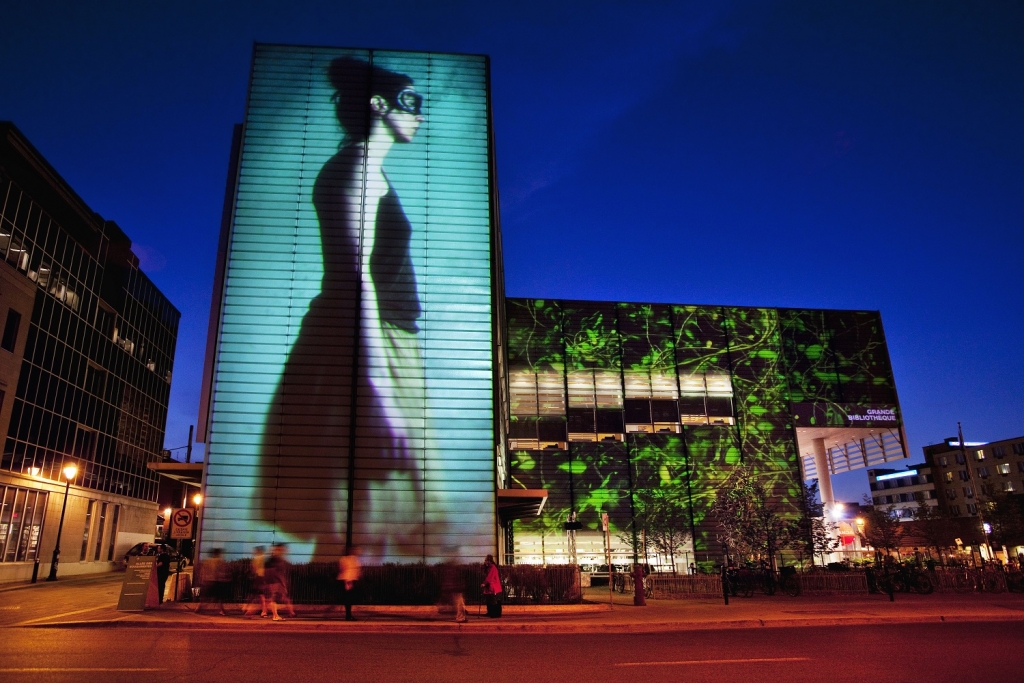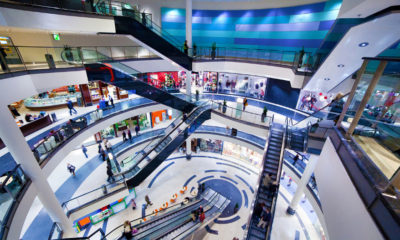The Numbers
Montréal, with an estimated metropolitan-area population of nearly 4 million people, is the country’s second-largest city – and the capital of Canada’s sizable French-Canadian citizenry. Roughly 56 percent of Montréalers are bilingual, speaking both French and English, while about 67.9 percent of the Montréal Census Metropolitan Area speaks French in the home.
Its end-point position on the Saint Lawrence Seaway makes it one of the largest inland ports in the world (with a reported 26 million-plus tons of cargo each year), which keeps its economy humming, its immigrant population growing and tourism flowing.
The Pulse
Montréal’s multiculturalism makes it one of the most exciting cities in the world. It’s abundant with fashion, art, music, gastronomy and nightlife. In the summer, particularly, its broad avenues and narrow, European-style streets fill with locals emerging from their winter hibernation.
“That’s when the city comes alive with its various fairs and festivals,” says Montréal-based designer Robert Ruscio, of Ruscio Studio Inc., citing the Montréal Intl. Jazz Festival, one of the largest in the world; the Just For Laughs comedy festival, also one of the largest of its kind in the world; the Montréal World Film Festival; the Osheaga Music and Arts Festival; Les FrancoFolies de Montréal, which focuses on French-language performance; and the popular Montréal Intl. Fireworks Competition. Montréal is also home to the famous Cirque du Soleil, a traveling troupe of performers elevating the notion of “circus” to a new level.
Advertisement
The Hot Spots
Griffintown, formerly a gritty industrial area near Montréal’s old shipping port, has been rezoned, and now trendy retailers, chic bars and restaurants are opening up alongside the squat, brick warehouses and factories. Notre-Dame Street West has become the new must-visit locale for restaurants.
“Everywhere are giant cranes and huge construction pits,” says Eva Friede, longtime fashion editor and retail reporter for the Montreal Gazette, now operating the blog, The Constant Shopper. “Tens of thousands of condos are coming in.”
Maison Corbeil, a Montréal-based high-end furniture store, recently debuted a new concept store called Must on Peel Street, a nod to those pricey glass and steel condominium towers.
Downtown, at Rue de la Montagne and Rue Sainte-Catherine, Canadian fashion retailer Holt Renfrew (Toronto) is creating a shopping destination in the historic 104-year-old Ogilvy department store building, which it acquired in 2011. When completed in 2017, the 220,000-square-foot Ogilvy-Holt Renfrew store will be part of a luxury complex of shopping and dining, a hotel and condominiums.
Obstacles and Opportunities
Advertisement
A strong Canadian dollar, which had encouraged many American retailers to test the Northern market, has been buffeted by the recent drop in oil prices, especially in the oil-rich Western provinces. The exchange rate is no longer as favorable for American retailers.
Also, some of those American retailers did not perform as well as expected in Canada. Target closed all 133 of its Canadian locations – including 25 in Québec – because of notoriously misunderstanding and misjudging the market. As Ruscio says, “It’s the same culture as the U.S. – except when it’s not.”


 Headlines7 days ago
Headlines7 days ago
 Headlines2 weeks ago
Headlines2 weeks ago
 Headlines2 weeks ago
Headlines2 weeks ago
 Headlines2 weeks ago
Headlines2 weeks ago
 John Ryan2 weeks ago
John Ryan2 weeks ago
 Sector Spotlight1 week ago
Sector Spotlight1 week ago
 Headlines2 weeks ago
Headlines2 weeks ago
 Headlines6 days ago
Headlines6 days ago

















